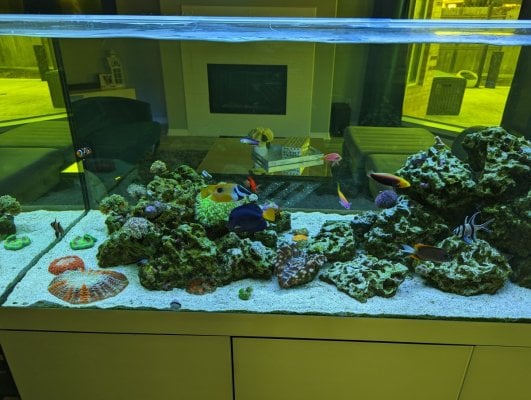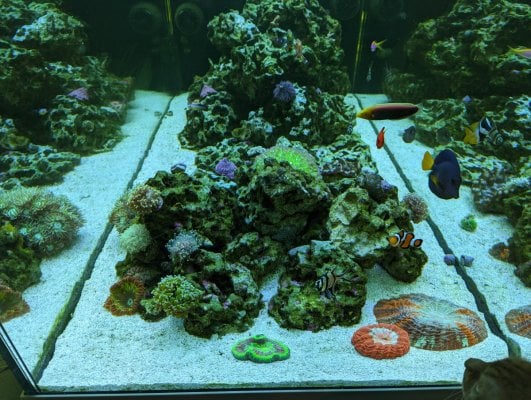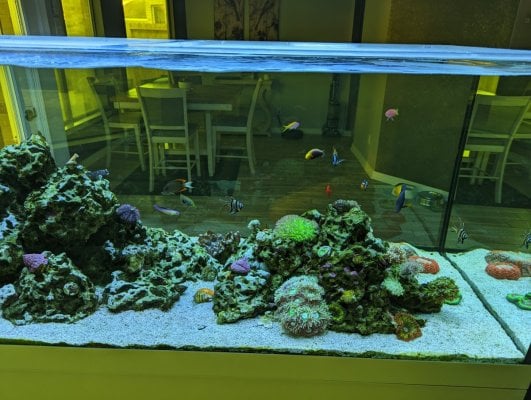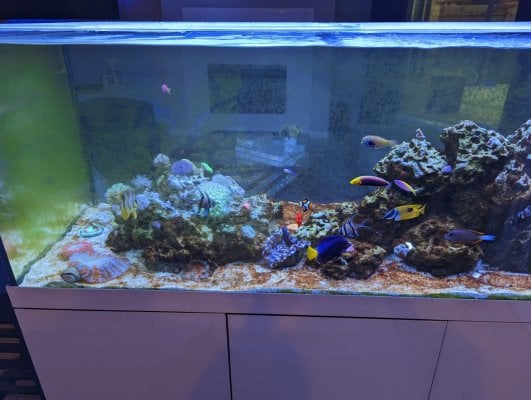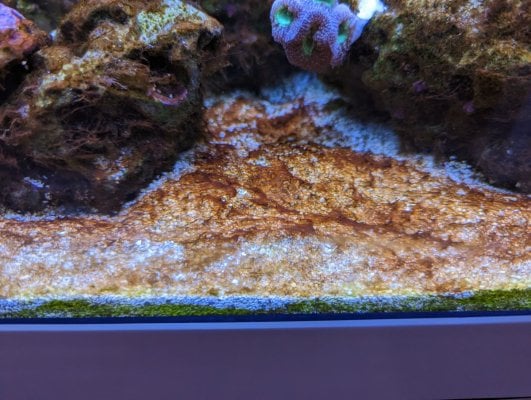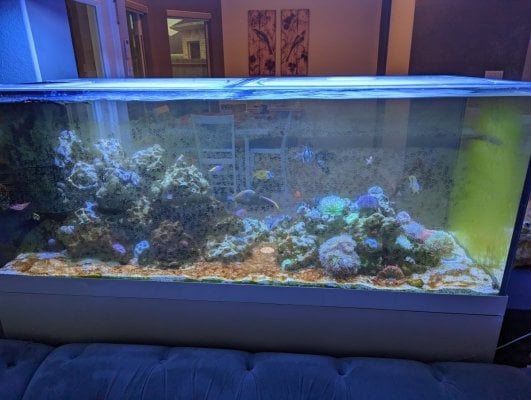Please tell us the details of the method you used. I recently watched a reef podcast on Reefbum with Dong Zou who is a scientist and he basically said H202 directly in a reeftank is useless as it will dissipate before it even reaches the algae unless dumped in extreme amounts like 100ml+ in a 100g system. He said Peroxide only works for dips since it can be used at much higher concentration.I’m having a nasty bout with the sand dwelling ones myself! I’m about 80% gone at the moment and waiting to get home today to see if they’re gone! If so I’ll update the thread but it seems to be working great! This is my second bout in the last 3 months Dino’s… first ones were toxic and smothering corals and killing them! This I got rid of with just straight h202 after a week.. these sand ones have been a pain for the last 2 weeks but I changed my plan of attack 5 days ago and so far so good!
Found it! 1:41:00 mark

Rappin' With ReefBum: Guest Dong Zou, AcroGarden
Rappin' With ReefBum is a LIVE talk show with host Keith Berkelhamer and guests from the reef keeping community. In this episode I chat with Dong Zou from Ac...








